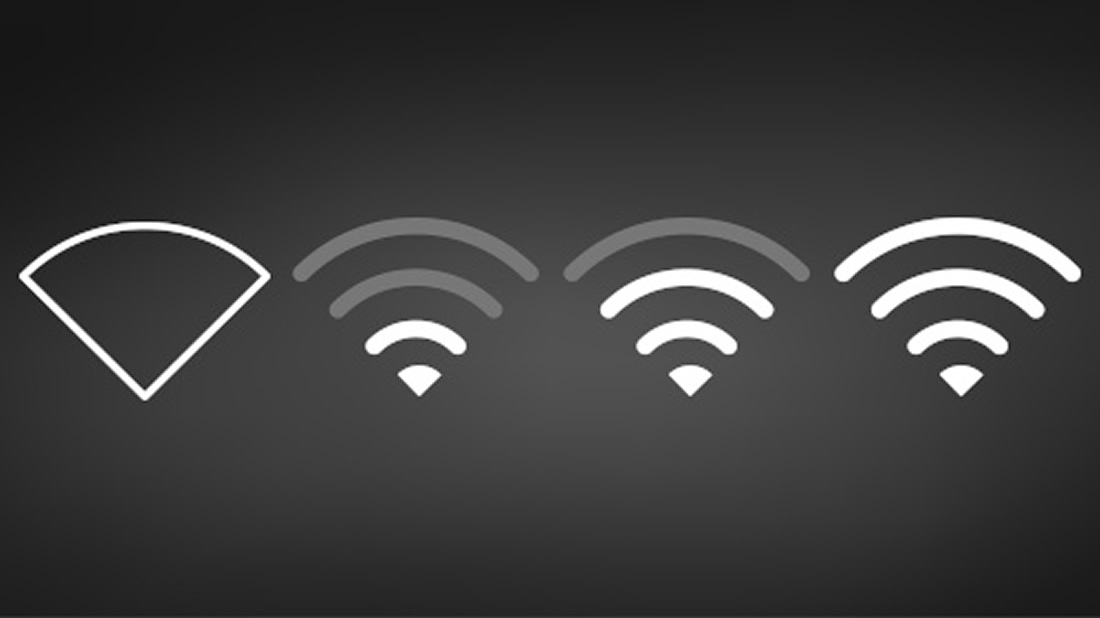
4 things we need to realize about digital equity
The pandemic moved digital equity concerns to the forefront--here's how to support robust access
As COVID made quite painfully clear, student access to reliable high-speed internet and engaging digital tools is essential. But many students don’t have access to these resources at school, at home, or both, leading to larger questions about the role of digital equity and student success during–and after–the pandemic.
A new CoSN study, supported by a grant from the Chan Zuckerberg Initiative, gives educators and policymakers a detailed view of students’ at-home learning experiences during the pandemic.
“Digital equity is not a new topic for CoSN. Since our founding, we have focused on addressing the digital divide and ensuring that fast connectivity, devices and equitable use happen in all classrooms. But since March 2020, the imperative of this outside-of-school challenge has become readily apparent to all. The Homework Gap was a chasm for millions of students and educators as the shift to remote learning occurred,” write Keith Krueger, CoSN’s CEO, and Steve Langford, chair of CoSN’s Board of Directors and the CIO of Oregon’s Beaverton School District, in the report’s introduction.
COVID caused an unprecedented and massive shift to online learning, and while online learning isn’t new itself, it became the primary mode of education delivery for most students. Even as most districts plan for a return to in-person learning in the fall, “the need for online remote access for K-12 instruction and learning resources is now integral to the U.S. education system,” according to the report.
This need for digital equity resulted from a number of factors, including school districts offering virtual learning options within existing schools, such as remote learning days or full virtual academies; students needing some form of intervention, acceleration, or support due to the loss of instructional time and engagement caused by the pandemic; students excelling academically online or parents preferring the option of a more flexible school day; and students needing reliable home internet to participate in class assignments despite a return to in-person learning.
The bottom line? Access to reliable high-speed internet and digital tools is essential. Digital equity is an imperative.
Key findings from the study include:
1. Learning with video is essential for education. Over 85 percent of network traffic in remote learning is used for video, which requires sufficient upload and download speeds. This increasingly popular learning trend is expected to continue for the foreseeable future.
2. Students are mobile and rely on Wi-Fi. Many students participate in online learning activities outside of their own home, with 92 percent using Wi-Fi to do so. Students oftentimes concurrently use district-provided devices and personal devices, increasing Wi-Fi bandwidth needs.
3. Certain communities, especially in remote and rural areas, require more support and resources. Students in remote or rural areas most often have limited internet access and students working in areas with a large concentration of other students also experience poor connectivity.
4. The remote learning experience is significantly impacted by device quality. The quality of a student’s experience can be impacted by the age, type, quality and configuration of the device they’re using. Routinely collecting data sets that provide insight into student use of district-provided devices can enhance their experiences.
- 3 ways educators leverage gamification strategies - June 1, 2024
- Prioritizing inclusivity in game-based learning - June 1, 2024
- Cybersecurity staffing shortage is districts’ top concern - April 1, 2024